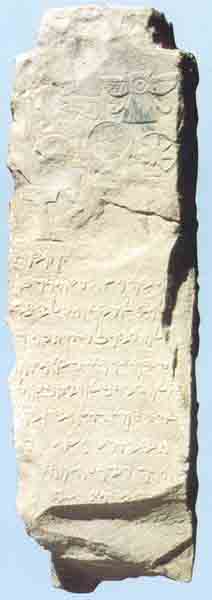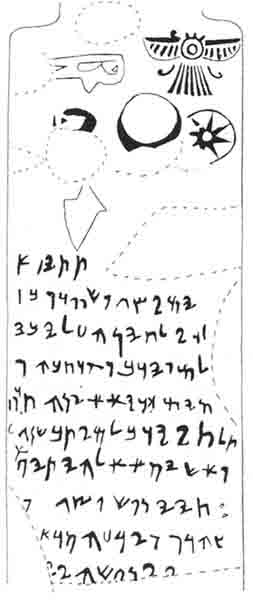Enigmatic Finds: What Are Two Aramaic Stelae Doing in Saudi Arabia?
Sidebar to: A BAR Special Report: Archaeology Thriving in Saudi Arabia
The discoveries, a century apart, of two fifth-century B.C. stelae (monuments) inscribed in Aramaic at the oasis of Tayma’ (Biblical Tema) cast light on a time when the Babylonian empire extended deep into the Arabian peninsula. The first stela was uncovered in 1880 and is now in the Louvre; the more recent find, found only in 1980, resides in Saudi Arabia.


For about ten years in the middle of the sixth century B.C., Tayma’ was the residence of Nabuna’id (Nabonidus in the Bible), the last king of the Neo-Babylonian empire. In response to social, religious and economic problems in the empire, Nabonidus left his son Bel-shar-usur (the Belshazzar of the Book of Daniel) in charge of affairs in Babylon, and led an army through Syria and south to Tayma’, conquered the city, executed its king and slaughtered its inhabitants. After repopulating and refounding the city as a kind of capital-in-exile, Nabonidus was able to control the Arabian trade routes, pushing 250 miles further south to Yatrib (later called Medina).
Already a library member? Log in here.
Institution user? Log in with your IP address.

